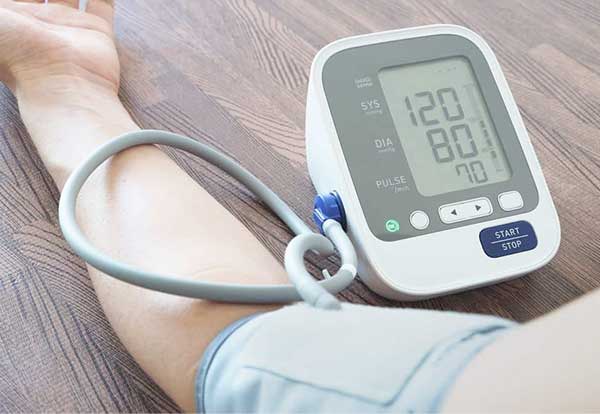3. Walking is important to keep your bones strong
As we age, our bones may begin to lose density. Bone mineral density is the amount of bone minerals in bones. Depletion of bone density can lead to diseases such as osteoporosis. Exercise helps to maintain bone mass. For those who have never exercised before, the best way to start is walking.
Walking is a great way to build bones and maintain bone minerals, which are necessary to keep bones healthy. The stronger your bones are, the less likely they are to break. People with low bone density are more likely to break bones. Because exercise can help stabilize or improve bone density, people who exercise regularly are less likely to get injured. In general, walking improves your physical condition and flexibility, which can help you avoid falls that can result in broken bones or fractures.

4. Walking helps eliminate back pain
Many back pains are the result of poor posture and prolonged stress. Sitting for long periods of time can put strain on your back muscles, especially if you’re not sitting in a chair with back support. The strain of keeping your back upright while sitting for long periods of time can cause muscle fatigue and pain.
One of the best ways to relieve back pain is to get up from a chair. When you’re at your desk for hours, it’s recommended that you take a break, get up, and take a quick walk around the office so that your back feels more relaxed and less strained. So imagine how much back pain can be relieved by a 30-minute walk. Regular exercise can strengthen the core muscles of the back, thus reducing the occurrence of back pain.

5. Walking can help relieve high blood pressure
High blood pressure is the result of the heart putting pressure on arteries and veins in the body as it pumps blood through them. If there is too much pressure on the veins and arteries, the walls of these blood vessels become weak. Weakened blood vessels can lead to a heart attack or stroke.
A stronger heart can more easily pump the necessary blood through the body. This means there is less pressure on the arteries and veins. Just 10 minutes of walking a day can make a significant difference in your blood pressure. The recommended 30 minutes can make the impact even more significant. People taking blood pressure medication who are used to walking may find they need less medication or none at all. Do not consider changing your medication without consulting your doctor.
